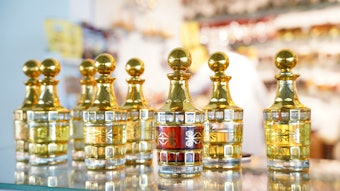The purpose of this article is to familiarize the broad audience of cosmetic chemists and application specialists with compounds that have already been used in consumer products for quite a long time (i.e., physiological cooling compounds). Without going deep into details, we will try to lightly cover more aspects of the topic, such as history, chemical structures, physiology, effi ciency, patent coverage and specifi c examples of applications. Absence of details will be compensated with an extensive literature reference list that will primarily focus on more recent publications and patents, but will also include certain older but still important references.
The medicinal and aesthetic value of mints and mint oils has been known to mankind since prehistoric times. Cleopatra used mint oil in her secret cosmetic formulations. Ancient Greeks called mint “Aphrodite’s Crown.” Mint has been mentioned in the Gospels of Matthew (23:23-24) and Luke (11:42). Largely, the value of mints comes from the fact that certain varieties such as Mentha piperita and Mentha arvensis contain large amounts of l-menthol (see Figure 1), one of the strongest natural physiological cooling agents. One of the traditional uses—though certainly not the healthiest use—for l-menthol is its addition to tobacco (see sidebar). Another example of the longtime affection of man for physiological cooling agents is … beer, a beverage that has accompanied human civilization for centuries. Dark malt, a key ingredient for brewing beers and whiskies, reportedly contains powerful natural cooling agents: cyclic α-keto enamines. Of course, we are far from an idea that enamines alone determine the value of these beverages.










